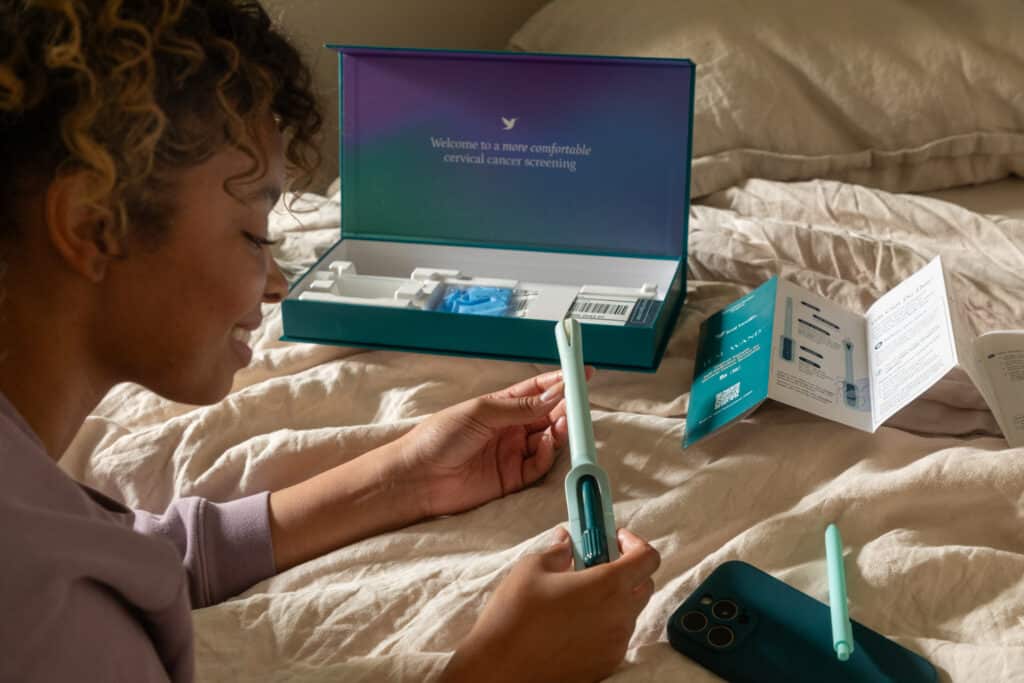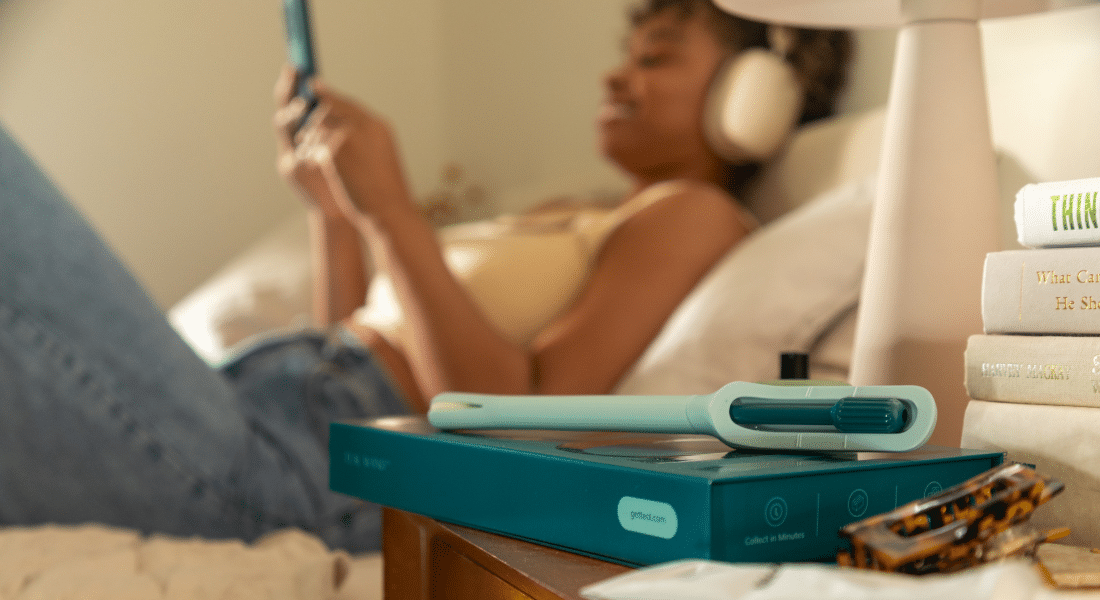Women in Texas now have access to the first at-home alternative to a Pap smear, the Teal Wand, billed as a more comfortable and convenient way to screen for cervical cancer.
“This device is great for detecting high-risk strains of human papillomavirus,” says Brandon Roane, MD, gynecological oncologist on the medical staff at Methodist Charlton Medical Center. “The hope is that this test will bring more individuals to the clinic based on positive results.”
The American Cancer Society recommends that women age 25 to 65 with a cervix undergo routine screening for cervical cancer. Women who have been vaccinated against HPV should still have regular cervical screenings.
The Teal Wand, approved by the FDA in May 2025, includes everything needed to collect a vaginal sample at home. Users send the sample to a lab and can expect results within a week, followed by a virtual consultation with a Teal medical provider.
“Data shows the wand has a 95% chance of detecting HPV,” Dr. Roane says. “While that number is high, it’s important to note that the test doesn’t specify which HPV strains are present.”
Knowing the specific strain of HPV can be crucial in guiding follow-up care.
From routine checkups to advanced gynecological surgery, Methodist has the services women need at every stage of life. Learn more at MethodistHealthSystem.org
PAP SMEAR VS. HPV TEST
More than nine out of every 10 cases of cervical cancer are caused by HPV, according to the Centers for Disease Control and Prevention.
While a Pap smear and an HPV test are often performed together using similar procedures, they collect different information from the cervix.
- Pap smear: A pap smear is a test that examines cervical cells looking for abnormalities that may indicate cervical cancer or infections like HPV. During the exam, a clinician uses a speculum to gently hold the vaginal walls open and collects cell samples from the cervix using a small brush or spatula. It is recommended that women begin Pap testing at age 21 and continue regularly as advised by their healthcare provider.
- HPV test: An HPV test detects the presence of the virus itself rather than changes in the cervical cells. Similar to the Pap test, it involves collecting a sample from the cervix with a swab or brush. This test is often recommended for women with abnormal Pap results or those who are more likely to contract the disease.
The Teal Wand is an at-home HPV test designed as an alternative to the in-person HPV screening typically done alongside a Pap smear. However, it’s important to note that using this test at home does not replace the services provided during a professional Pap exam.

WHAT A POSITIVE TEST MEANS
If test results come back positive, don’t panic. While nearly all cervical cancers are caused by HPV, only a small percentage of individuals with HPV will develop cervical cancer, according to the Centers for Disease Control and Prevention.
Dr. Roane recommends following up immediately with a gynecologist to assess further risk.
“Your provider will most likely perform a colposcopy exam,” Dr. Roane says. “This procedure uses a pelvic microscope to examine the cervix and may involve taking tissue for a biopsy.”
It’s important to note that while the Teal Wand is effective at detecting high-risk HPV strains, it does not screen for other gynecologic cancers, such as endometrial or ovarian cancers.
“Cervical cancer is a disease of limited access to medicine,” Dr. Roane says. “Early detection is key to preventing cervical cancer from going too far.”
It’s normal to feel nervous about at-home testing. That’s why the Teal Wand is offered as an alternative, not a replacement.
“If you’re more comfortable with an in-person exam, continue with regular screening through your provider,” says Dr. Roane. “But for patients who find themselves low risk or face barriers to in-person care, this is a great way to expand access.”






